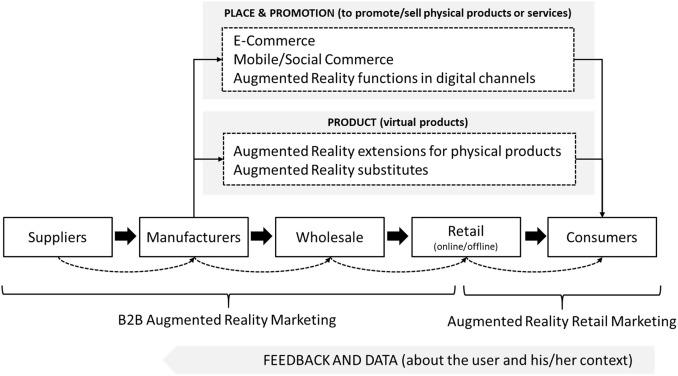Top Challenges in Achieving Educational Equity: Barriers and Solutions Explained
Educational equity is the foundation of a fair and just society.However, despite global awareness and dedicated policies, achieving true equity in education remains a significant challenge for educators, policymakers, and communities worldwide. This complete guide explores the key barriers to educational equity, provides actionable solutions, and highlights success stories to inspire change.
What is Educational Equity?
Educational equity refers to the principle of fairness in education,ensuring that every learner has access to quality resources,opportunities,and support to reach their full potential—nonetheless of their background,socio-economic status,ethnicity,gender,or ability.
- equity is different from equality: While equality means providing the same resources to all, equity ensures resources are distributed based on individual needs.
- educational equity aims to close achievement gaps, dismantle systemic barriers, and promote inclusivity.
Main Challenges in Achieving Educational Equity
Several persistent obstacles hinder the realization of equitable education. Below, we explain the primary challenges impacting students, schools, and communities worldwide.
1. Socio-Economic Disparities
Students from low-income households frequently enough lack basic educational necessities—such as safe schools, qualified teachers, and up-to-date learning materials.These disparities can lead to lower academic achievement and limited future opportunities.
- Poor infrastructure in underfunded districts
- Lack of extracurricular resources
- Insufficient access to technology (digital divide)
2. Geographic Barriers
Rural and remote areas frequently struggle with limited access to quality education due to teacher shortages, long distances to schools, and inadequate facilities.
- Limited transportation options
- Lower availability of advanced courses and specialized support
- Greater teacher turnover rates
3. Language and Cultural Differences
Minority and immigrant students often face language barriers, lack of culturally relevant curriculum, and potential discrimination, which can lead to disengagement and lower academic performance.
- Insufficient language support programs
- lack of cultural inclusivity in teaching materials
- Unconscious bias among educators
4. Disability and Special Education Barriers
Students with disabilities don’t always recieve the support or accommodations they require. Under-resourced special education programs and societal stigma can further exacerbate educational inequalities.
- Inadequate individualized education plans (IEPs)
- Physical inaccessibility of school buildings
- Shortage of trained special educators
5. Policy and Systemic challenges
Outdated educational policies and funding models often perpetuate existing inequalities rather then addressing them.
- inequitable school funding based on local tax revenues
- Standardized testing that disadvantages marginalized groups
- Lack of representation in school leadership
Effective Solutions for Enhancing Educational Equity
Transforming education into a truly equitable system requires a wide range of solutions, from grassroots community action to policy reform. Here are some proven strategies and actionable steps.
1. rethinking School Funding
- Adopting weighted funding formulas to allocate more resources to students with greater needs
- ensuring clarity in district budgets
- Leveraging public-private partnerships
2. Expanding Access to Technology
- Implementing 1:1 device programs (one device per student)
- Providing affordable high-speed internet for low-income families
- Training teachers in digital literacy and inclusive online pedagogy
3. Promoting Culturally Responsive Curriculum
- Integrating local cultures and histories into lesson plans
- Diversifying classroom reading lists and resources
- Investing in anti-bias training for educators
4. Supporting Students with Disabilities
- Ensuring compliance with special education laws and IEPs
- Hiring more trained special education teachers
- Improving the physical accessibility of schools
5. Policy Advocacy and Community Engagement
- Engaging families and community organizations in decision-making
- advocating for equitable policy changes at local, state, and national levels
- Increasing representation of diverse voices in educational leadership
Benefits of Achieving Educational Equity
The benefits of educational equity extend far beyond improved test scores. Here’s what communities stand to gain by leveling the educational playing field:
- Higher graduation rates and post-secondary enrollment
- Economic growth through a more skilled and diverse workforce
- Social cohesion and reduced intergenerational poverty
- Greater civic engagement and trust in institutions
Practical Tips: How Schools and Communities Can Promote Educational Equity
- Foster a growth mindset among all students
- Offer after-school tutoring and nutrition programs
- Celebrate cultural diversity through school events
- Use data to identify and address opportunity gaps
- Build strong relationships between schools,families,and community partners
Case Studies: Bridging the Equity Gap
1. The harlem Children’s Zone (United States)
The Harlem Children’s Zone combines high-quality schooling, health care, family services, and community support to address the multidimensional nature of educational inequity. Graduation and college enrollment rates have soared among participants.
2. Finland’s Comprehensive School Model
Finland invests heavily in equitable school funding and teacher training, drastically reducing achievement gaps and ensuring almost universal high school completion.
Frist-hand Experience: A teacher’s Perspective
“When I began teaching in an inner-city school, I quickly realized that my students weren’t just facing academic difficulties – they were battling hunger, lack of safe transportation, and homes without internet access. By working with community partners, we established breakfast clubs, after-school programs, and parent workshops. These efforts made a tangible difference in both attendance and classroom performance.”
– Ms. Anna Johnson, Elementary School Teacher
Conclusion: The Path Forward for Educational Equity
Achieving educational equity is crucial for the growth of individuals and the health of societies. While the barriers are complex and systemic, real progress is possible through collective action, targeted funding, adaptive policy changes, and community involvement. By recognizing both the obstacles and solutions, schools and communities can create learning environments were every child, regardless of background, can thrive.
Let’s work together to eliminate educational disparities and build a brighter,more equitable future for all students.

